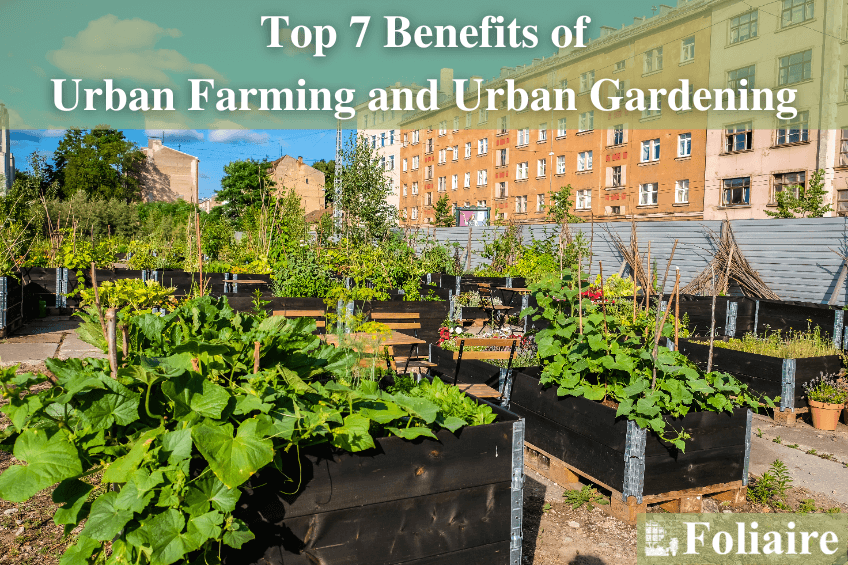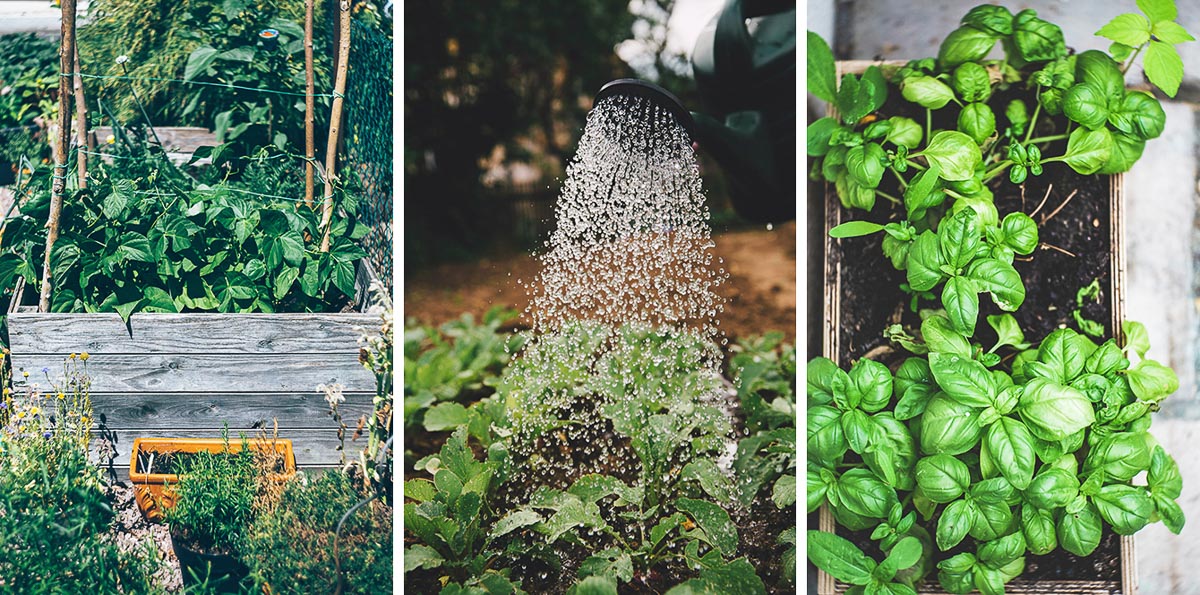The Basic Principles Of City Blooming
The Basic Principles Of City Blooming
Blog Article
8 Simple Techniques For City Blooming
Table of ContentsAbout City BloomingWhat Does City Blooming Do?The Greatest Guide To City BloomingNot known Facts About City BloomingThe Facts About City Blooming Uncovered
Intrigued in growing food to buy in the City of Chicago? Believing about beginning an area garden? Changes to the Chicago Zoning Statute enable agricultural usages like area gardens and city farms in lots of parts of the city. Below is a list of regularly asked concerns concerning the policies and guidelines that growers should take into consideration when preparing a city agriculture task.
The zoning amendment does not customize any other codes managing composting, building licenses, acquiring or leasing City had building, service licenses or ecological contamination. There are existing codes that control these concerns and they continue to be completely impact and might apply to your job. Community yards are normally had or taken care of by public entities, civic companies or community-based organizations and maintained by volunteers.
Urban ranches expand food that is planned to be sold, either on a nonprofit or for-profit basis. Because of their business function, urban farms require an organization certificate. Yes. A community garden is allowed to market excess generate that was expanded on site if the sales are accessory or subservient to the yard's key objective defined above.
Some Ideas on City Blooming You Need To Know
Composting is permitted yet just for plant material that is produced and made use of on site. The amount of garden compost material can not exceed 25 cubic yards at any type of given time according to the standards in 7-28-715 of the City's Municipal Code. Yes. Due to the fact that the dirt at a lot of brand-new garden sites requires amending, garden compost, soil, timber chips, or various other materials can be gotten to build or boost the expanding area - City gardening.

If a building authorization is needed then the hoophouse will certainly be thought about an accessory structure. You can learn even more regarding the structure license needs by contacting the Department of Buildings. The 25,000-square-foot size restriction is planned to protect against a single neighborhood garden from dominating an offered block or diminishing the block's existing domestic or business character.
The limitation does not put on yards found in Public Open Area (POS) districts. Can there be greater than one neighborhood garden that is 25,000 square feet on a single block? Yes. The size restriction uses to individual yards, not to private blocks. No. Fence is not called for, however, yards that have large parking lot may be needed to install fencing or various other landscape design attributes.
How City Blooming can Save You Time, Stress, and Money.
B1 & B2 districts need that all commercial usage activities be conducted inside. Is fencing needed for city ranches? Fences may be needed, along with landscape design and testing, for certain vehicle parking areas and exterior work or storage areas depending on location and the specific task taking area.
Yes. Urban farms call for building licenses and zoning authorizations before construction. Various other forms of city testimonial may be needed depending on certain frameworks, tasks, dimension, landscape design, licensing, public heath and stormwater monitoring concerns. Most of these needs are identified in the job design or permitting procedure, however, the candidate may be accountable to individually determine certain licenses or permits that might be required.
Yes. The type of certificate is identified by what why not look here is happening at the website. The Department of Business Affairs and Customer Defense can aid figure out the details kind of organization permit that's required. Yes. Off street parking is required for many business jobs in Chicago. The required number of auto parking spaces is based on the variety of employees servicing website and not the square video of the growing area.
Rumored Buzz on City Blooming

Yes. A city ranch can sell compost product generated on site, however, the procedure should conform with the guidelines in 7-28-715 of the Chicago Municipal Code. Yes. Aquaponic systems are permitted inside your home on city farms in many zoning districts. A zoning testimonial and building license is required in order to set up frameworks or systems and a service certificate is needed as defined above.
Up to 5 hives or colonies of honey may be maintained as an accessory usage. Beekeepers must register with the Illinois Division of Agriculture. To learn more regarding the recommended zoning amendment you may contact the Division of Housing and Economic Development, Bureau of Planning and Zoning at 312.744.8563.
Farming in cities and urban locations An urban ranch in Chicago. Urban farming describes various methods of cultivating. https://ameblo.jp/cityblooming/entry-12857756993.html, processing, and dispersing food in urban locations. The term likewise puts on the location activities of pet husbandry, aquaculture, beekeeping, and cultivation in a metropolitan context. Urban farming is distinguished from peri-urban agriculture, which occurs in backwoods beside suburbs.
The Single Strategy To Use For City Blooming
, who look for to create social networks started on a shared values of nature and community holism. These networks can create by means of official institutional assistance, ending up being integrated right into regional town planning as a "change community" activity for lasting urban development.
In either case, the much more direct accessibility to fresh vegetable, fruit, and meat products that may be become aware through city farming can boost food safety and food safety while decreasing food miles, leading to reduced greenhouse gas discharges, thereby adding to environment adjustment reduction. A few of the first evidence of city agriculture originates from Mesopotamia.
Report this page